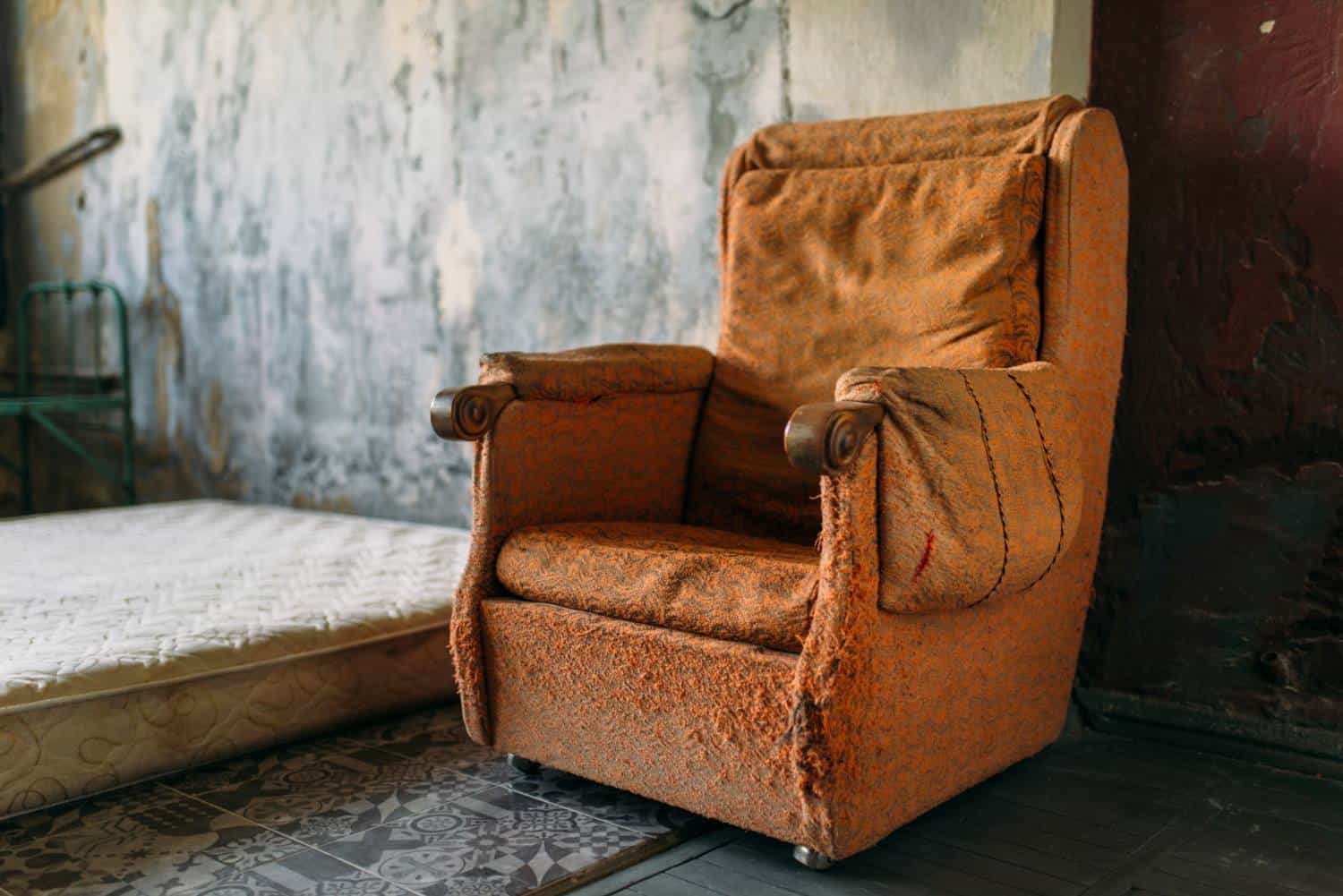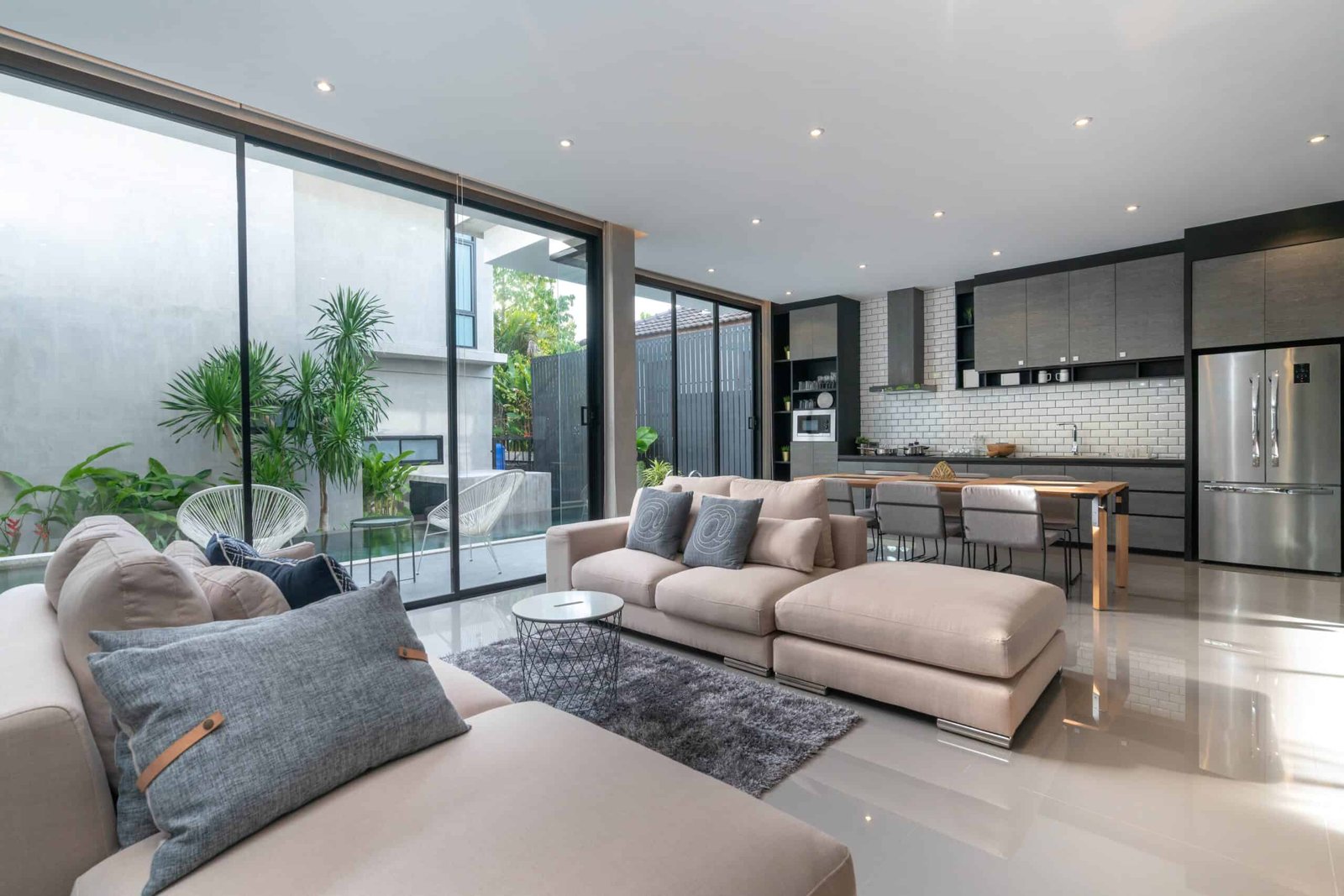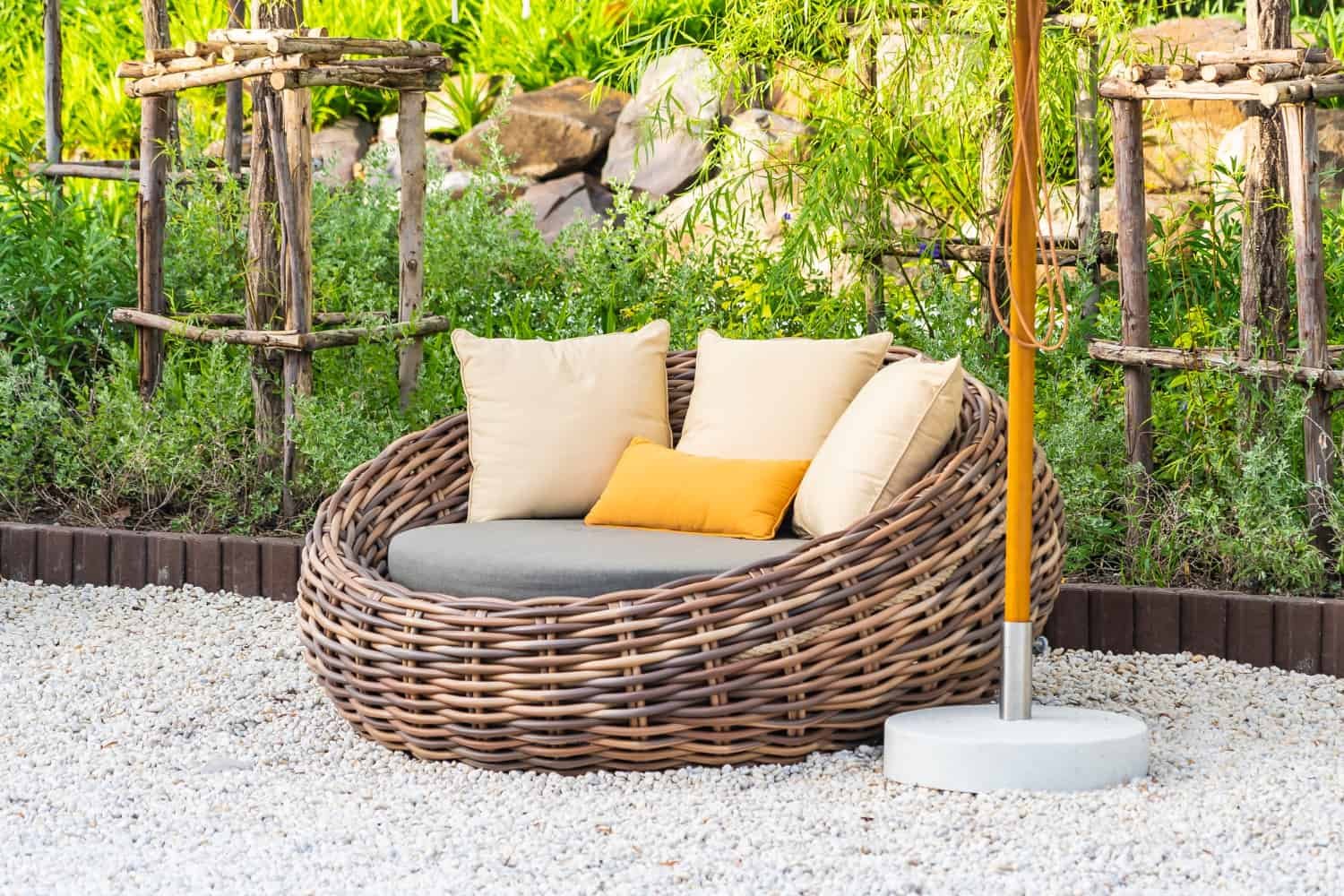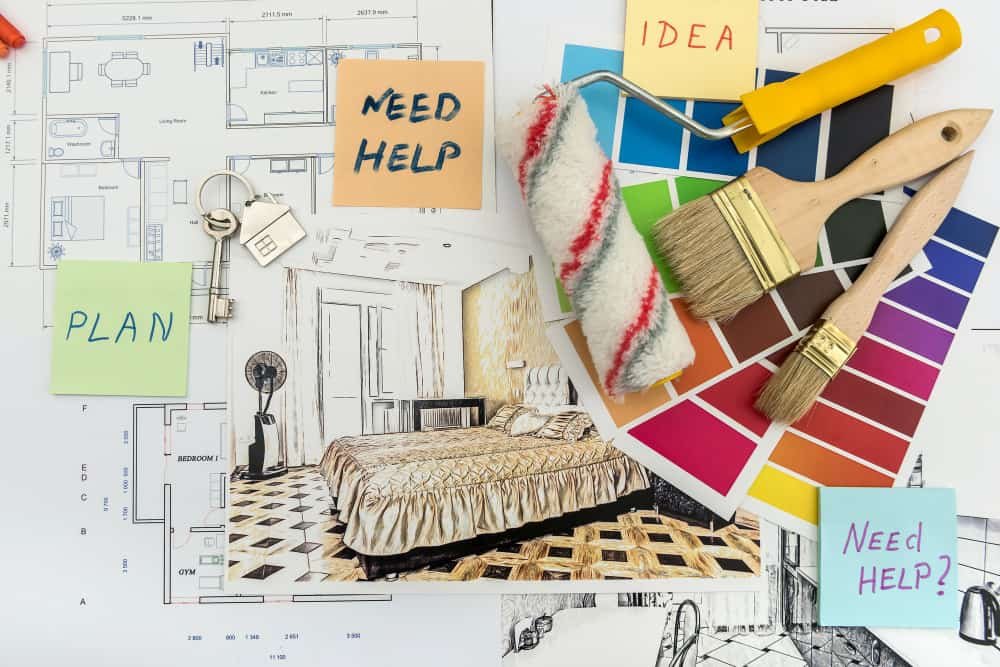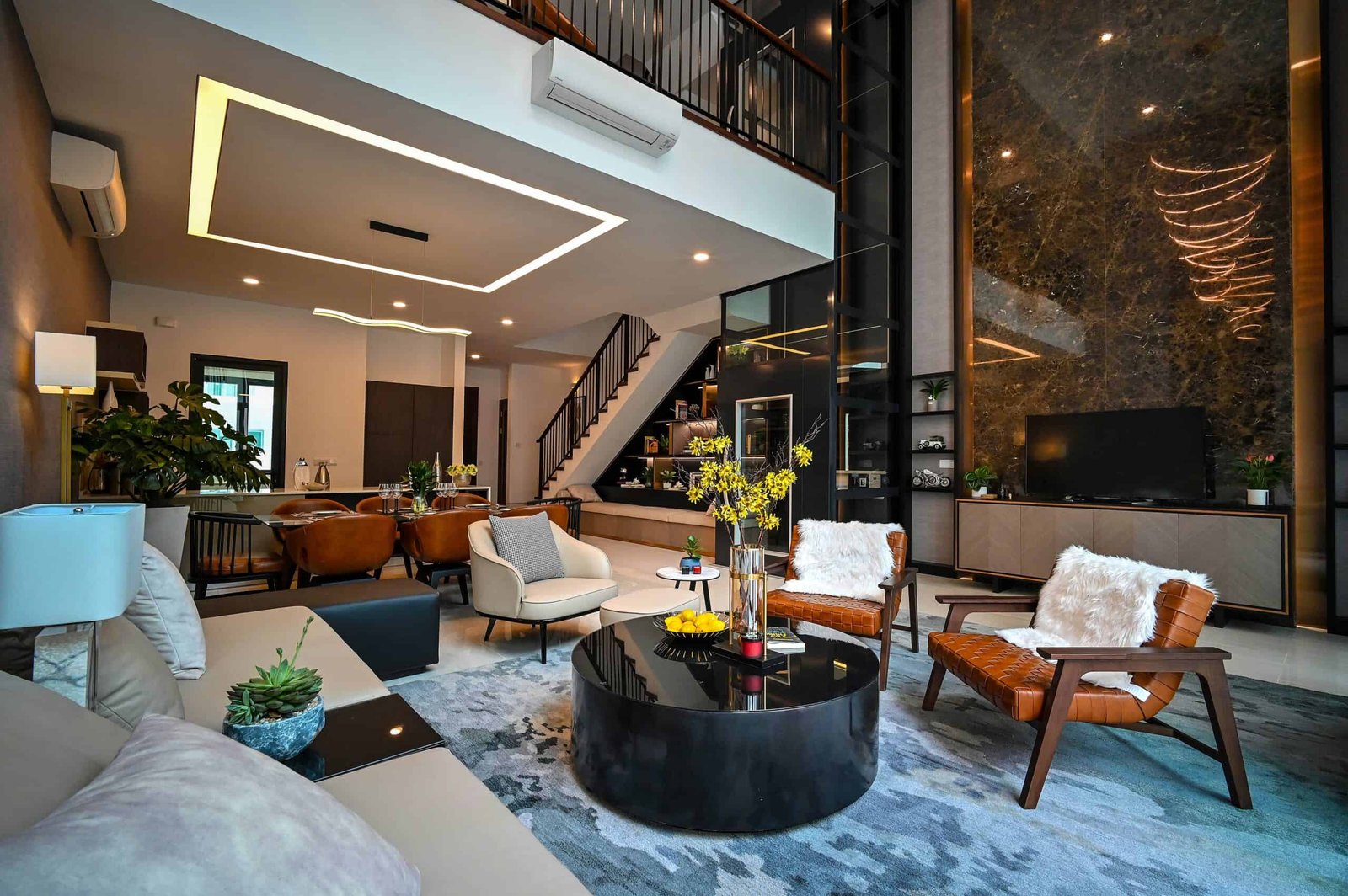
Disclaimer: As an Amazon Associate, “Furniture UK” earns from qualifying purchases.
Create Your Dream Space Now!
Looking to create the ultimate living room that perfectly balances comfort and style? Look no further! In your living room, you relax, entertain guests, and make memories with your loved ones. But with so many furniture options and layout possibilities, it’s easy to feel overwhelmed. That’s where our expert guide comes in! From choosing the right furniture to arranging it in a way that suits your lifestyle, we’ll help you transform your living room into the perfect space.
Whether you have a large open area or a small, cosy room, we’ve covered you with tips and tricks for maximising your living space’s potential. So, get ready to be inspired as we take you through everything from classic living room layouts to modern conversation setups. Let’s dive into the ultimate guide to your living room layout!
Determining Your Living Room’s Purpose
Before you start planning your living room layout, it’s essential to determine the room’s purpose. Here, we’ll explore two everyday living room purposes and how to design them. This will help you decide on furniture placement, lighting, and decor.
- Entertainment Area – If your living room is primarily used for watching TV, playing video games, or listening to music, you’ll want to create an entertainment area. Start by choosing a focal point for the room, such as a TV or stereo system. Then, arrange your furniture around it. Consider adding a media console or bookshelf to store your electronics and media. When planning your entertainment area, consider the viewing distance and angle. You’ll want to position your seating so everyone can see the screen comfortably. You may consider creating multiple seating areas for different activities if you have a large living room.
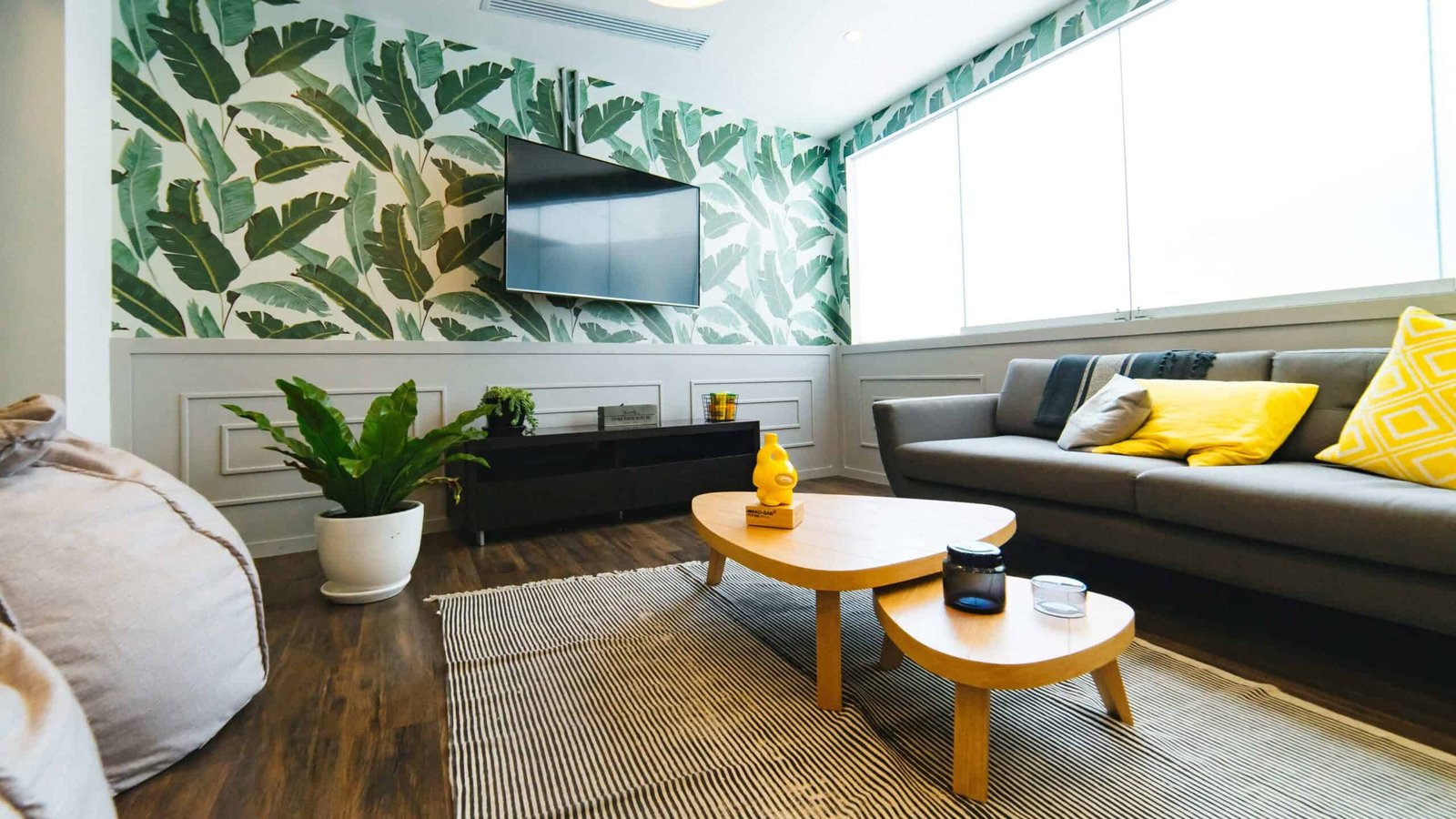
- Conversation Area – If your living room is used for entertaining guests or having conversations, you’ll want to create a conversation area. Start by choosing a focal point for the room, such as a fireplace or artwork. Then, arrange your furniture around it. Add accent chairs or a coffee table to create a cosy and inviting atmosphere. When planning your conversation area, keep in mind the flow of traffic. You’ll want to position your seating so it’s easy to move around the room. If you have a large living room, you may want to consider creating multiple conversation areas to accommodate different groups of guests.
Choosing the Right Furniture
Choosing the right pieces can make all the difference when furnishing your living room. Here are some tips to help you select the perfect furniture for your space.
Sofa and Chairs
The sofa and chairs are the focal points of any living room, so choosing comfortable and stylish pieces is essential. Consider the size of your space and the number of people using the room when selecting your seating. When it comes to style, there are many options to choose from. A sectional sofa can be an excellent option for larger rooms, while a loveseat and armchairs may work better in a smaller space. Don’t be afraid to mix and match different types and textures to create a unique look. A classic leather sofa can add a touch of sophistication to your room, while a colourful fabric sofa can add a pop of personality.
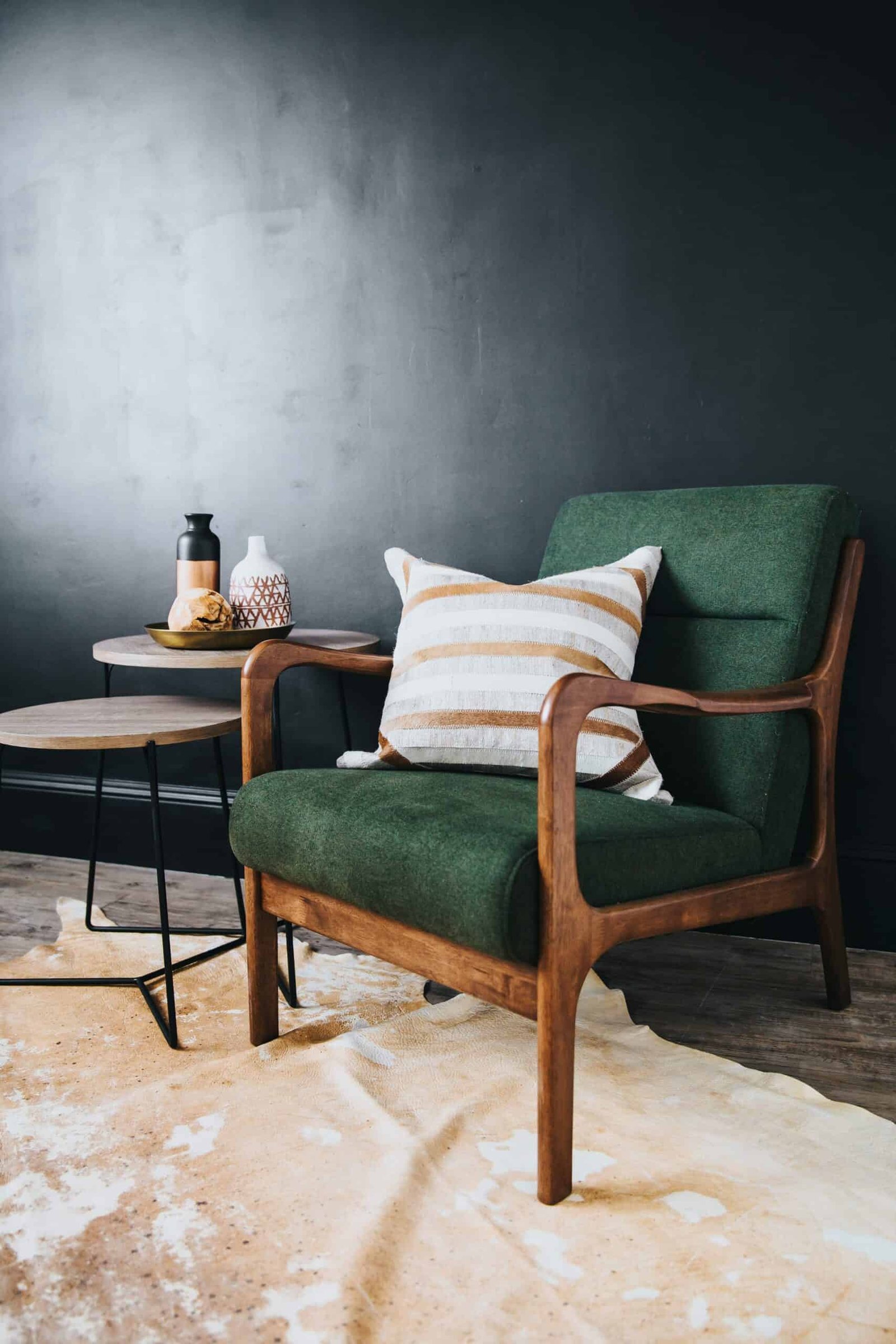
- Coffee Table and Side Tables – The coffee table and side tables are functional and can also add to the overall look of your living room. Consider the size and shape of your seating when choosing your tables. A round coffee table can work well with a sectional sofa, while a rectangular table may better fit a traditional sofa and chair setup. Regarding style, you can match your tables to your seating or go for a contrasting look. A wooden table can add warmth to your room, while a glass table can create a more modern feel.
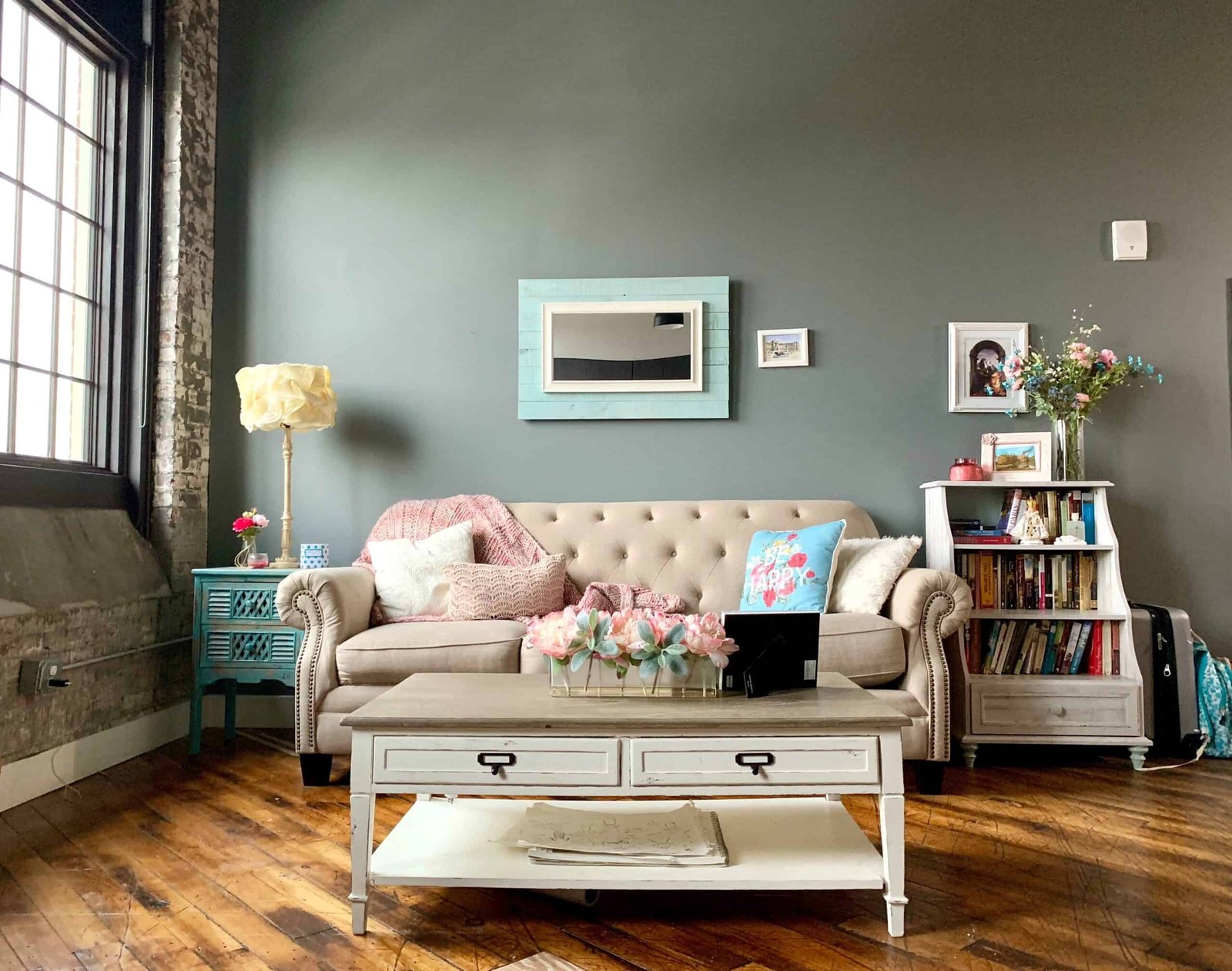
- TV Stand and Storage – The TV stand and storage pieces can often be overlooked, but they are essential to your living room layout. Consider the size of your TV and the number of electronics you need to store when choosing your TV stand. A media console with built-in storage can be an excellent option for keeping your living room clutter-free. When it comes to storage, consider your needs. A bookshelf can be a great addition to storing books and decorative items, while a storage ottoman can provide extra seating and a place to store blankets and pillows.
Arranging Your Furniture
One of the most critical aspects of creating a comfortable and functional living room is arranging your furniture to maximise the space and build a sense of flow. Here are some tips to help you get started:
- Consider Traffic Flow – When arranging your furniture, keeping traffic flow in mind is essential. You want to create a clear path for people to move through the room without navigating around furniture. To do this, consider the natural flow of traffic in your living room and arrange your furniture in a way that allows for easy movement. You should also consider the size of your living room and the number of people using the space. If you have a large family or frequently entertain guests, you may need to create multiple seating areas to accommodate everyone.
- Create a Focal Point – Another important aspect of arranging furniture is creating a focal point. This area of the room draws the eye and anchors the space. In many living rooms, the focal point is the television or fireplace, but it could also be a piece of artwork or a beautiful view. Once you’ve identified your focal point, arrange your furniture to highlight it. For example, you might position your sofa and chairs to face the focal point or use a rug or coffee table to draw attention.
Group Furniture for Conversation
In addition to creating a clear traffic flow and highlighting your focal point, you also want to arrange your furniture to encourage conversation. This means grouping your seating areas to make it easy for people to talk to each other. One common way to do this is to arrange your furniture in a U-shape or L-shape, with the sofa and chairs facing each other. You could also create a circular seating area or use a large sectional to create a cosy conversation nook. By considering traffic flow, creating a focal point, and grouping your furniture for conversation, you can create a living room layout that is both functional and inviting.
Adding Decorative Elements
Now that we have our furniture layout sorted, it’s time to add some decorative elements to bring our living room to life. Here are some tips to help you create a cohesive and stylish look:
-
Rugs and Curtains
A rug is a great way to add texture and warmth to your living room. Choose a rug large enough to fit under all your furniture or the front legs of your sofa and chairs. This will help anchor the space and make it feel more cohesive. Choose a fabric that complements your rug and other decorative elements for curtains. Hang them high to create the illusion of taller ceilings.
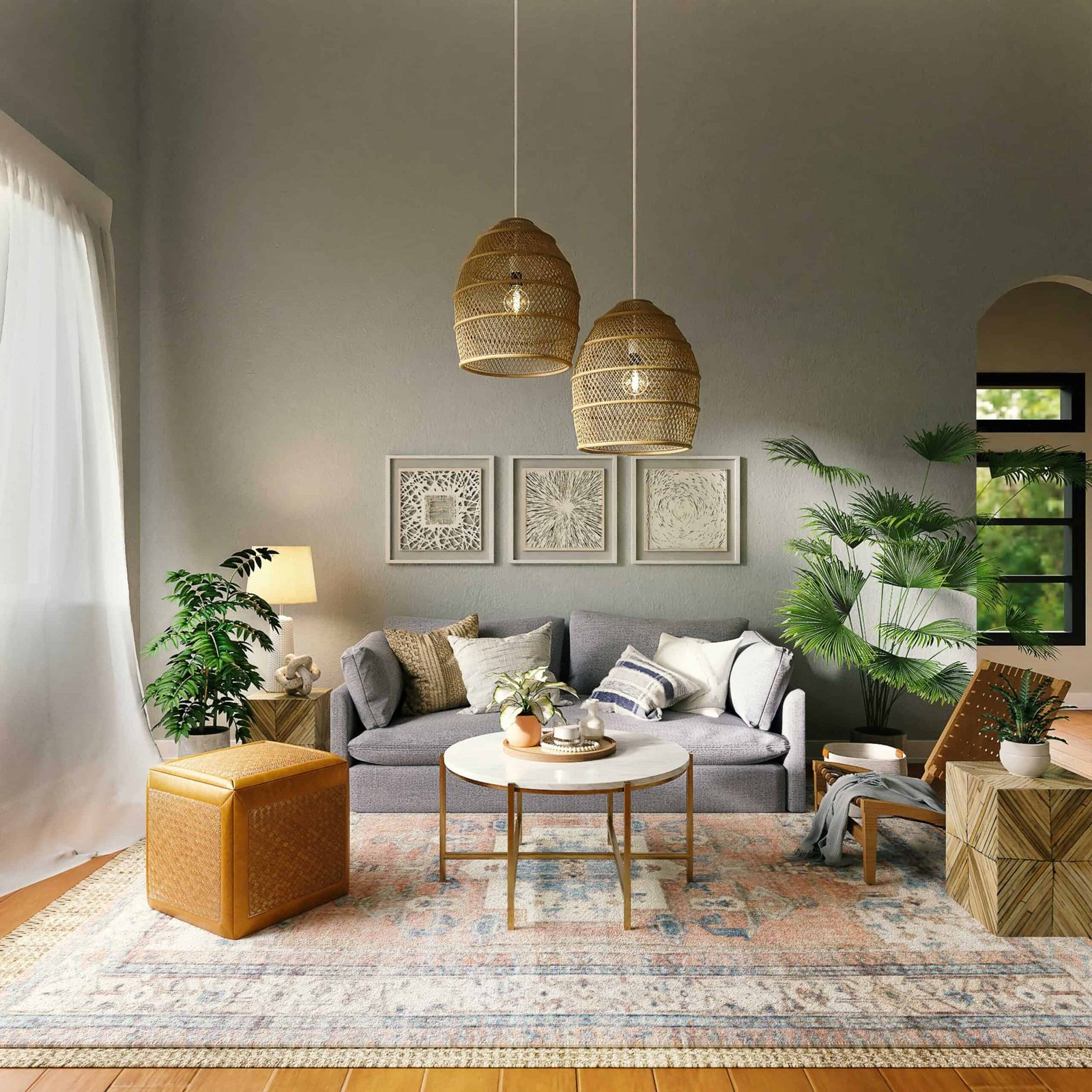
-
Lighting
Lighting is critical to creating a comfortable and inviting living room. Start by layering your lighting with overhead, table, and floor lamps. This will help create a warm and welcoming atmosphere. Choose light fixtures that complement your decor style, whether modern, traditional, or somewhere in between. Don’t forget to install dimmer switches to adjust the lighting to suit your mood.
-
Artwork and Accessories
Artwork and accessories are the finishing touches that will tie your living room together. Choose pieces that complement your colour scheme and decor style. Hang artwork at eye level and in groups of odd numbers for maximum impact. Don’t be afraid to mix and match textures and materials like metal, wood, and glass. Use decorative accessories like cushions, throws, and vases to add pops of colour and consistency throughout the room.

We hope our guide to your living room layout has helped give you ideas and inspiration for creating a functional and stylish space. Remember that the key to a successful living room layout is to balance aesthetics with functionality and to create a space that reflects your style and meets your practical needs. When planning your living room layout, consider factors such as the size and shape of your room, the amount of natural light available, and the types of activities you will be doing in the space. Use furniture and decor to create zones within your living room, and experiment with different layouts until you find the one that works best for you.


